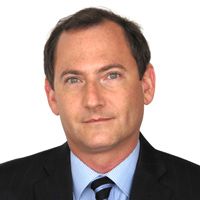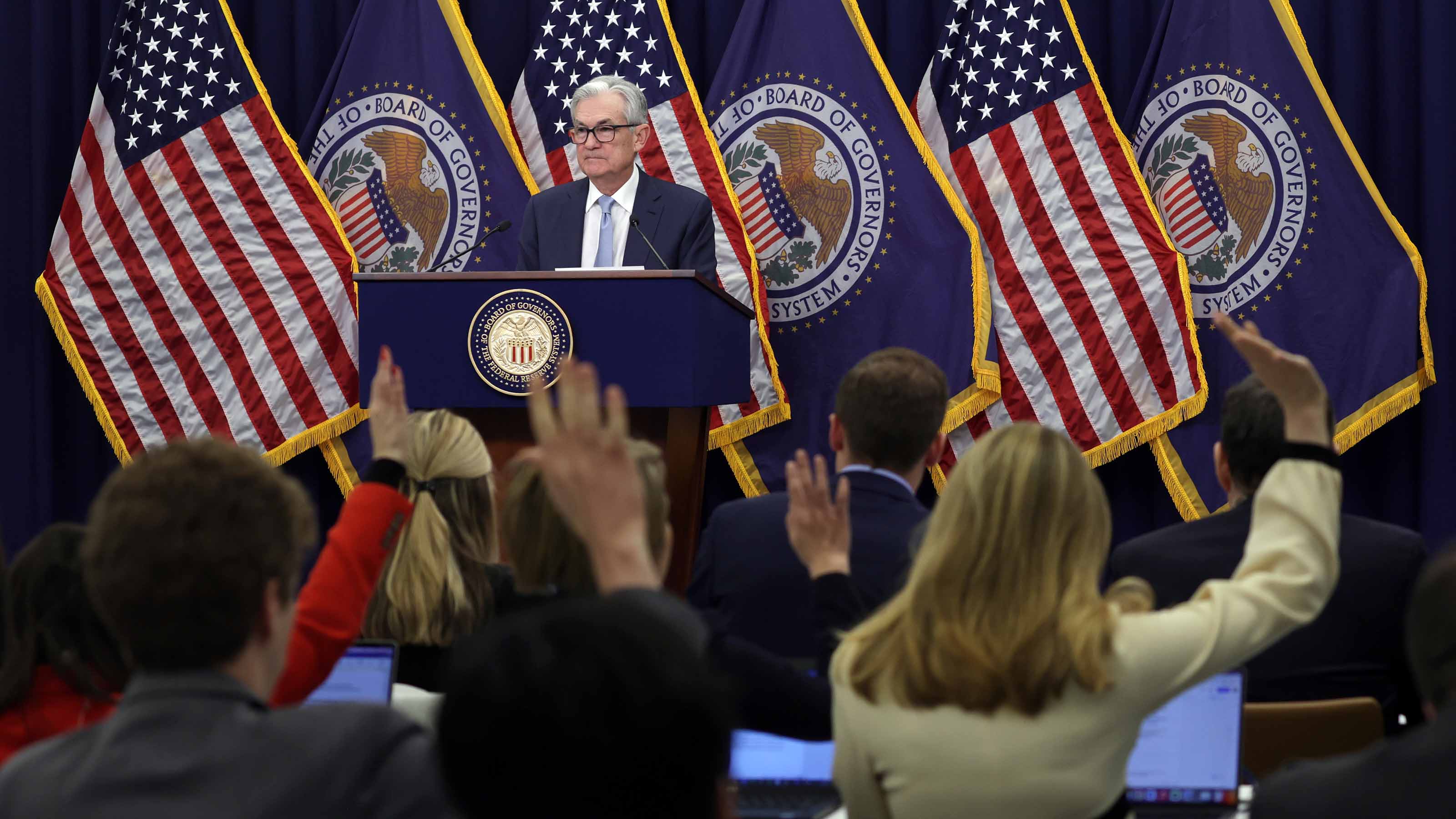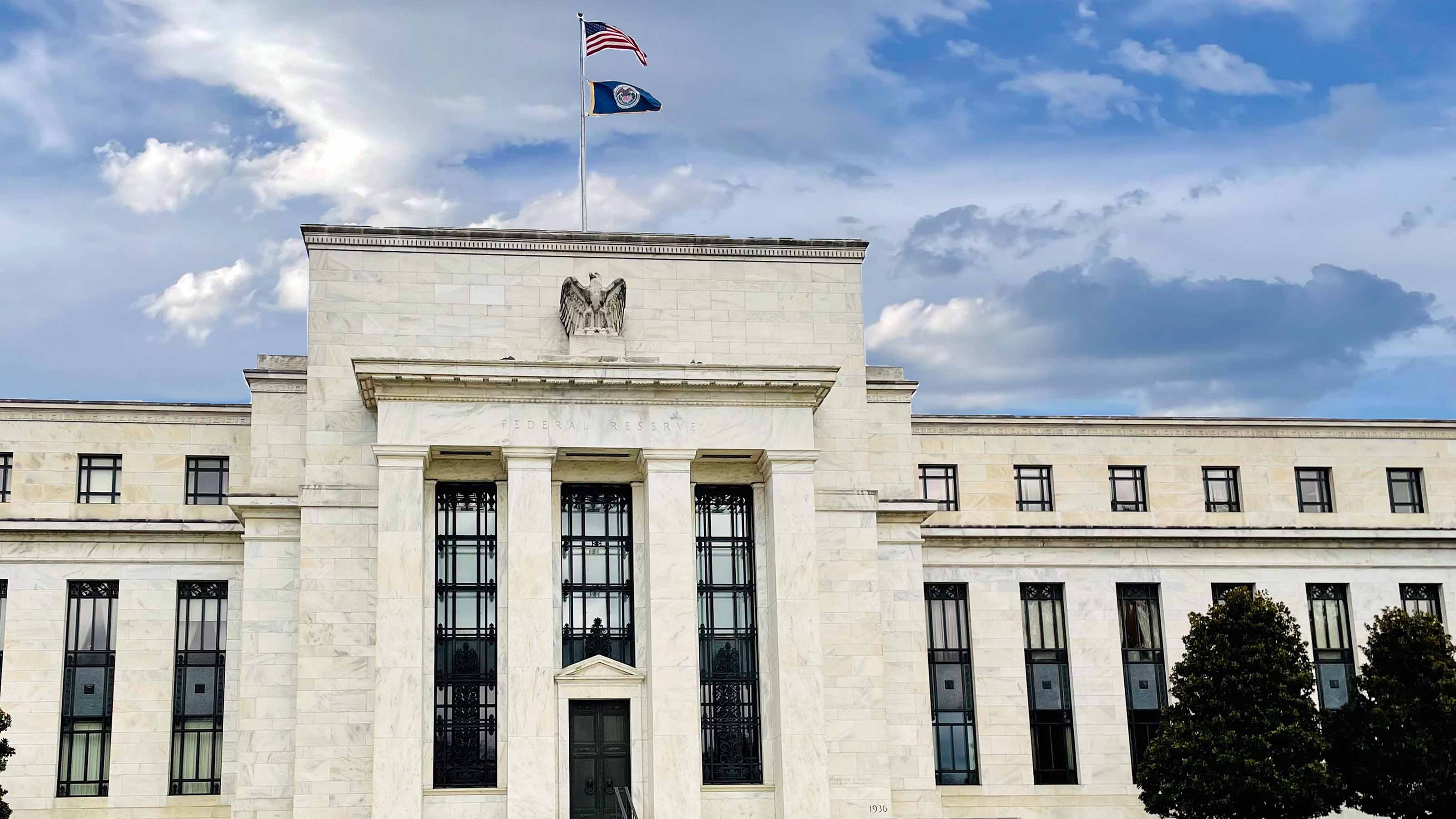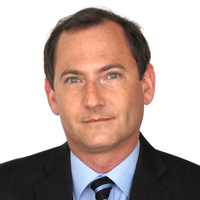Fed Cuts Rates Again: What the Experts Are Saying
The central bank continued to ease, but a new administration in Washington clouds the outlook for future policy moves.


The Federal Reserve cut interest rates by a quarter of a percentage point, citing a slowdown in the labor market and progress on inflation as reasons for the widely expected move. However, the change in the political landscape complicates the central bank's calculus, as inflationary pressures could resurface, experts say.
The Federal Open Market Committee (FOMC) wrapped up its regularly scheduled two-day policy meeting on Thursday by cutting the short-term federal funds rate by 25 basis points (bps), or 0.25%, to a target range of 4.50% to 4.75%.
"Since earlier in the year, labor market conditions have generally eased, and the unemployment rate has moved up but remains low," said the FOMC in a statement. "Inflation has made progress toward the Committee's 2% objective but remains somewhat elevated."
From just $107.88 $24.99 for Kiplinger Personal Finance
Become a smarter, better informed investor. Subscribe from just $107.88 $24.99, plus get up to 4 Special Issues

Sign up for Kiplinger’s Free Newsletters
Profit and prosper with the best of expert advice on investing, taxes, retirement, personal finance and more - straight to your e-mail.
Profit and prosper with the best of expert advice - straight to your e-mail.
The Fed has a dual mandate. In addition to stable prices, the central bank is supposed to support maximum employment. With the lagged effects of restrictive monetary policy showing up in the jobs market, Thursday's rate cut was a foregone conclusion.
"Expectations were already set early, and would have been a shock not to cut," says Howard Chan, CEO of Kurv Investment Management. "The most important to watch for is forward guidance as the Fed responds to potential fiscal policy from the incoming administration, where tariff and restrictive immigration policies tend to be inflationary."
With the FOMC's latest rate decision now on the books, we turned to economists, strategists and other experts for their thoughts on what the move means for markets, macroeconomics and monetary policy going forward. Please see a selection of their commentary, sometimes edited for brevity or clarity, below.
Interest rates: the experts weigh in

"The statement is almost a carbon copy of September's, with no changes to the forward-looking sections and only trivial tweaks to the opening paragraph describing recent data. It omits any mention of the election result, and Mr. Powell is too savvy to comment prematurely on how President-elect Trump's economic policy agenda might influence the Fed's decisions next year. At this early stage, the likelihood, scale and timing of Trump's proposed tariffs on imports and tax cuts are too uncertain for the Fed to pass judgment, even though they pose material upside risks to the inflation outlook. With the Fed's independence at risk of being undermined during Trump's term, Mr. Powell and other Fed officials surely will keep as quiet as possible for as long as they can." – Samuel Tombs, chief U.S. economist at Pantheon Macroeconomics
"The Fed is playing for time until we get more data and have better visibility on growth. If Powell wants to change his tune he could wait until his speech after CPI next Wednesday. But there's no need to do that with the overnight rate well above inflation. After the post-Jackson Hole fireworks, we're back to the waiting game. The center of gravity could shift to news from the upcoming Trump administration and away from the Fed." – David Russell, global head of market strategy at TradeStation
"This meeting comes amid a regime change in the U.S. government, mixed economic data and unreliable economic data owing mostly to storms and strikes. It is safe to say that the Fed still believes rates are solidly above neutral, making today's cut warranted in members' eyes. I'll be listening to hear how Chair Powell confirms this at the press conference and reinforces the rationale for the cut by noting the volatility of monthly data and that monetary policy works with 'long and variable lags.' The path forward becomes much more opaque." – Christian Hoffmann, head of fixed income at Thornburg Investment Management
"Investors are searching for equilibrium after reeling from such large moves in rates over the course of the last two months. Predictably, investors had developed unreasonable expectations about the magnitude of rate cuts over the next few quarters and now with a focus on deficits, markets must reorient to reality." – Jeffrey Roach, chief economist at LPL Financial
"What we've seen is possibly the last rate cut, as tariffs and government bring back the looming risk of inflation." – Giuseppe Sette, president of Reflexivity
"The Fed gained control of the recession narrative with its supersized cut at the last meeting. If you believe the economy is on good footing, the risks to inflation are increasing with every rate cut they do. Without a credit crisis emerging, which is not evident at the moment, the greater risk to markets is adding stimulus to an already inflationary leaning environment. Many will disagree but this was the perfect point for the Fed to pause and reassess the landscape through the end of the year." – Byron Anderson, head of fixed income at Laffer Tengler Investments
"The Fed needn't have rushed to cut rates in September, nor is there a pressing need to continue cuts. Frankly, there is little real-world evidence that monetary policy is restrictive in practice. There are few, if any, signs of credit market stress, stock markets are at all-time highs, and a 4.1% unemployment rate would have been considered full employment throughout much of recent American history." – Steve Sosnick, chief strategist at Interactive Brokers
"The economy is still growing at an above-trend growth rate, outside of some near-term distortions, the labor market looks reasonably healthy, and it's difficult to find any signs of the economy being weighed down by overly restrictive interest rate policy. The Fed backed themselves into a corner and locked themselves into today's 25 basis point cut. But the bond market reaction since their September meeting seems to be telling the Fed that they should slow down the pace. We'd put odds of a December cut at less than the 67% that was priced in as of this morning." – Daniel Eye, chief investment officer at Fort Pitt Capital Group
"Labor costs are still too high, and labor churn is still too low, affirming the Fed's rationale for keeping focused on the employment side of its dual mandate until conditions stabilize. Incoming labor market data is expected to remain volatile for at least the near term, which will allow for the Federal Reserve to pursue one more cut in December and guide the economy toward a new steady-state in activity." – Noah Yosif, chief economist at the American Staffing Association
Related Content
- Analysts' Top S&P 500 Stocks to Buy Now
- Stocks With the Highest Dividend Yields in the S&P 500
- Best Dividend Stocks to Buy for Dependable Dividend Growth
Profit and prosper with the best of Kiplinger's advice on investing, taxes, retirement, personal finance and much more. Delivered daily. Enter your email in the box and click Sign Me Up.

Dan Burrows is Kiplinger's senior investing writer, having joined the publication full time in 2016.
A long-time financial journalist, Dan is a veteran of MarketWatch, CBS MoneyWatch, SmartMoney, InvestorPlace, DailyFinance and other tier 1 national publications. He has written for The Wall Street Journal, Bloomberg and Consumer Reports and his stories have appeared in the New York Daily News, the San Jose Mercury News and Investor's Business Daily, among many other outlets. As a senior writer at AOL's DailyFinance, Dan reported market news from the floor of the New York Stock Exchange.
Once upon a time – before his days as a financial reporter and assistant financial editor at legendary fashion trade paper Women's Wear Daily – Dan worked for Spy magazine, scribbled away at Time Inc. and contributed to Maxim magazine back when lad mags were a thing. He's also written for Esquire magazine's Dubious Achievements Awards.
In his current role at Kiplinger, Dan writes about markets and macroeconomics.
Dan holds a bachelor's degree from Oberlin College and a master's degree from Columbia University.
Disclosure: Dan does not trade individual stocks or securities. He is eternally long the U.S equity market, primarily through tax-advantaged accounts.
-
 How to Avoid the Financial Quicksand of Early Retirement Losses
How to Avoid the Financial Quicksand of Early Retirement LossesSequence of returns — experiencing losses early on — can quickly deplete your savings, highlighting the need for strategies that prioritize income stability.
-
 How an Elder Law Attorney Can Help Protect Your Aging Parents
How an Elder Law Attorney Can Help Protect Your Aging ParentsIf you are worried about older family members or friends whose financial judgment is raising red flags, help is out there — from an elder law attorney.
-
 Q4 Post-Mortem From an Investment Adviser: Year of Resilience
Q4 Post-Mortem From an Investment Adviser: Year of ResilienceFinancial pro Prem Patel shares his take on how markets performed in the fourth quarter of 2025, with an eye toward what investors should keep in mind for 2026.
-
 This Is How Early Retirement Losses Can Dump You Into Financial Quicksand (Plus, Tips to Stay on Solid Ground)
This Is How Early Retirement Losses Can Dump You Into Financial Quicksand (Plus, Tips to Stay on Solid Ground)Sequence of returns — experiencing losses early on — can quickly deplete your savings, highlighting the need for strategies that prioritize income stability.
-
 How an Elder Law Attorney Can Help Protect Your Aging Parents From Financial Mistakes
How an Elder Law Attorney Can Help Protect Your Aging Parents From Financial MistakesIf you are worried about older family members or friends whose financial judgment is raising red flags, help is out there — from an elder law attorney.
-
 Q4 2025 Post-Mortem From an Investment Adviser: A Year of Resilience as Gold Shines and the U.S. Dollar Dives
Q4 2025 Post-Mortem From an Investment Adviser: A Year of Resilience as Gold Shines and the U.S. Dollar DivesFinancial pro Prem Patel shares his take on how markets performed in the fourth quarter of 2025, with an eye toward what investors should keep in mind for 2026.
-
 'Donroe Doctrine' Pumps Dow 594 Points: Stock Market Today
'Donroe Doctrine' Pumps Dow 594 Points: Stock Market TodayThe S&P 500 rallied but failed to turn the "Santa Claus Rally" indicator positive for 2026.
-
 Is Your Emergency Fund Running Low? Here's How to Bulk It Back Up
Is Your Emergency Fund Running Low? Here's How to Bulk It Back UpIf you're struggling right now, you're not alone. Here's how you can identify financial issues, implement a budget and prioritize rebuilding your emergency fund.
-
 An Expert Guide to How All-Assets Planning Offers a Better Retirement
An Expert Guide to How All-Assets Planning Offers a Better RetirementAn "all-asset" strategy would integrate housing wealth and annuities with traditional investments to generate more income and liquid savings for retirees.
-
 7 Tax Blunders to Avoid in Your First Year of Retirement, From a Seasoned Financial Planner
7 Tax Blunders to Avoid in Your First Year of Retirement, From a Seasoned Financial PlannerA business-as-usual approach to taxes in the first year of retirement can lead to silly trip-ups that erode your nest egg. Here are seven common goofs to avoid.
-
 How to Plan for Social Security in 2026's Changing Landscape, From a Financial Professional
How to Plan for Social Security in 2026's Changing Landscape, From a Financial ProfessionalNot understanding how the upcoming changes in 2026 might affect you could put your financial security in retirement at risk. This is what you need to know.